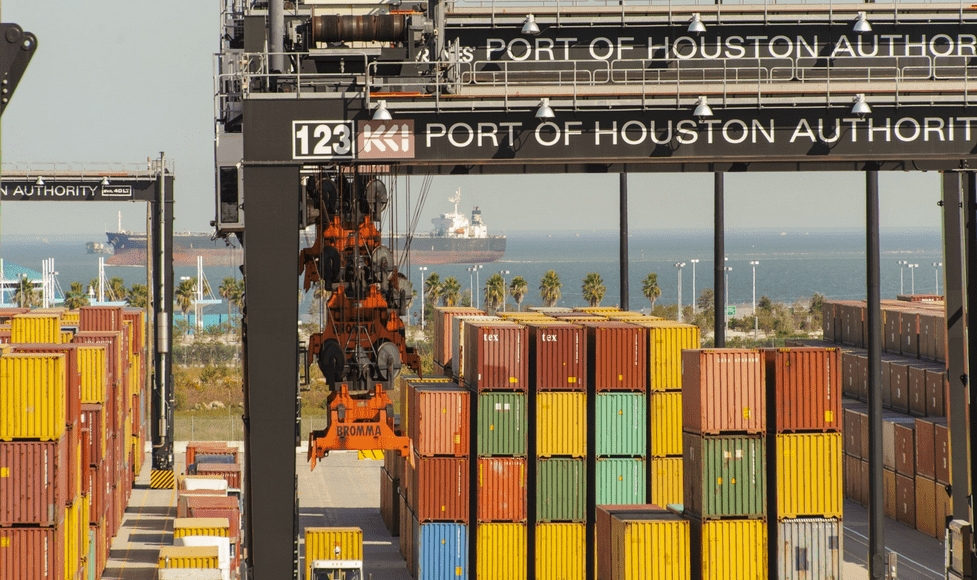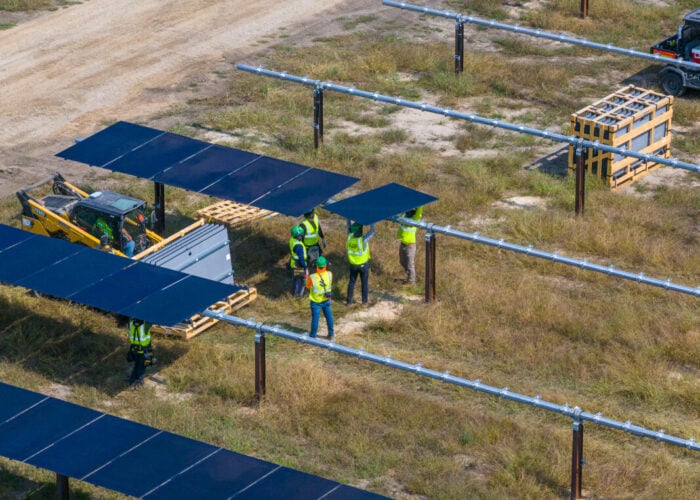
A Biden-era policy to suspend the payment of duties on Southeast Asian module imports looks set to backfire badly on an already under-pressure US solar industry.
The magnitude of the possible financial fallout from a recent court decision to rule the moratorium illegal has prompted the attorney who led the case against it to brand it the “single worst policy” for the US solar supply chain.
Try Premium for just $1
- Full premium access for the first month at only $1
- Converts to an annual rate after 30 days unless cancelled
- Cancel anytime during the trial period
Premium Benefits
- Expert industry analysis and interviews
- Digital access to PV Tech Power journal
- Exclusive event discounts
Or get the full Premium subscription right away
Or continue reading this article for free
After a tumultuous two months of policy upheaval and supply chain uncertainty, the US solar industry was perhaps understandably hoping for a period of relative calm during which to take stock of recent events.
But a court decision to apply retroactive duties on solar cells and modules imported from Southeast Asia over a two-year period during Joe Biden’s presidency has heaped fresh uncertainty on an industry still reeling from the dismantling of vital tax credits and confusing trade policy.
The ruling last week by the United States Court of International Trade in a case filed by Auxin Solar exposes US solar importers to potentially billions of dollars in duties on PV equipment that entered the country from Cambodia, Vietnam, Malaysia and Thailand between June 2022 and May 2024.
During that period, an executive order issued by Biden granted a temporary moratorium on the payment of anti-dumping and countervailing duties (AD/CVD) on module imports from these four countries. At the time, they accounted for some 80% of crystalline silicon modules used in the US, so the temporary tariff pause was intended to enable a sufficient supply of modules to meet domestic power needs while US domestic manufacturing capacity was built up.
Auxin Solar brought the initial AD/CVD complaint to the Department of Commerce in 2022, to which Biden later applied the moratorium. In April 2023, a group of over 400 US solar industry firms petitioned Congress to uphold the pause, warning of dire financial impacts. Auxin then sued Commerce to have the moratorium revoked.
The court’s ruling that the pause was indeed illegal creates potentially significant new liabilities for US supply chain companies, on top of the many other policy and supply chain headaches they face.
“President Biden’s tariff moratorium was probably the single worst policy decision for the solar supply chain as it placed all companies –– US producers, importers and foreign manufacturers –– in a lawless environment that caused a death spiral in US module pricing,” Thomas Beline, the lead attorney for Auxin Solar, told PV Tech.
“Had the former president just let the normal process proceed like it does in every other industry, no one would be facing retroactive tariff liability, we would have had more American manufacturing of cells and modules earlier, and pricing would not have cratered like it did. In short, this was an avoidable disaster.”
The number of affected imports looks set to be significant. According to oral arguments from the Department of Justice during the case, 44,000 entries to the US were made without AD/CVD payments being made during the moratorium period, and so are potentially at issue.
“[US] Customs individually examined approximately 26,000 entries,” Beline said. “It found that none complied with the tariff moratorium rules, and it issued bills for non-compliance. The other 18,000 or so entries still needed to be examined.”
None of the individual cases has yet been “liquidated”, meaning they remain open for Customs to evaluate whether they were declared properly. This usually happens within a 314-day window after importation, but Customs had already extended the liquidation period pending the outcome of the Auxin case.
Even cases that have been liquidated since the moratorium period ended could still be at risk, Beline said: “The court’s ruling in our favour contemplates that some entries covered by the moratorium may have liquidated inadvertently and so provides authority for Customs to ‘reliquidate’ in such cases.”
How this translates into financial liabilities is not yet fully known, but based on the approximately 88GW of cells and modules imported from the four countries during the moratorium period, figures of >US$50 billion have been cited.
“The importer of record bears responsibility for paying the duties. Import entries are confidential, so we will not know for sure if the duty burden will fall on the foreign manufacturer, a US reseller, or developers. In addition, contractual terms may obligate the manufacturer or exporter to account for duties. It is difficult to say which entities will bear the most burden,” said Beline.
Will the industry mount a challenge?
Due to the high-stakes nature of the Auxin Solar case and the financial implications of a verdict in its favour, the group of defendants opposing the case included such heavyweight industry bodies as the Solar Energy Industry Association (SEIA) and American Clean Power Association among its number, as well as a number of companies including developers NextEra and Invenergy, and modules producers Trina, Canadian Solar and Risen Energy.
At the time of temporary duty suspension, the SEIA and American Clean Power were both firm advocates of the moratorium. When it was introduced in 2022, SEIA CEO Abigail Ross Hopper described it as a “thoughtful approach to addressing the current crisis of the paralysed solar supply chain”, while the ACP also applauded it for the beneficial impacts it would have for US domestic solar manufacturing.
PV Tech has contacted both organisations to gauge their position on the ruling, but neither has yet responded to requests for comment.
Given the amounts of money potentially at stake, it seems probable that some kind of challenge to the ruling will be made. Options on the table include an appeal to the Federal Circuit and a possible stay on the CIT decision pending any appeal.
Another possibility is that the defendants use their collective lobbying power to pressure Washington into some kind of policy intervention. But given the combination of federal policy upheaval and a recent purge of Department of Energy officials who might have supported this, the success of such a course of action seems remote.
For now, US solar supply chain operators will be wondering how a seemingly well-intentioned policy turned so sour and added another item to their already long list of woes.
Tom Beline will be among the speakers at PV CellTech USA conference in San Francisco on 7-8 October, taking part in a panel discussion on tariffs, trade policy and market dynamics in US PV manufacturing. Full details on the event are available here.






